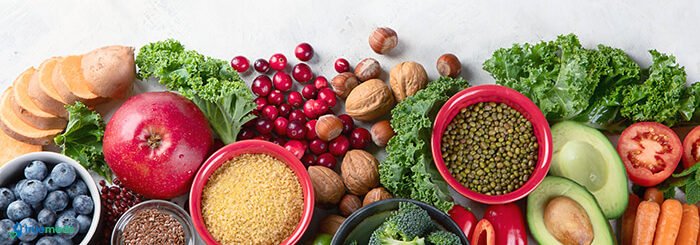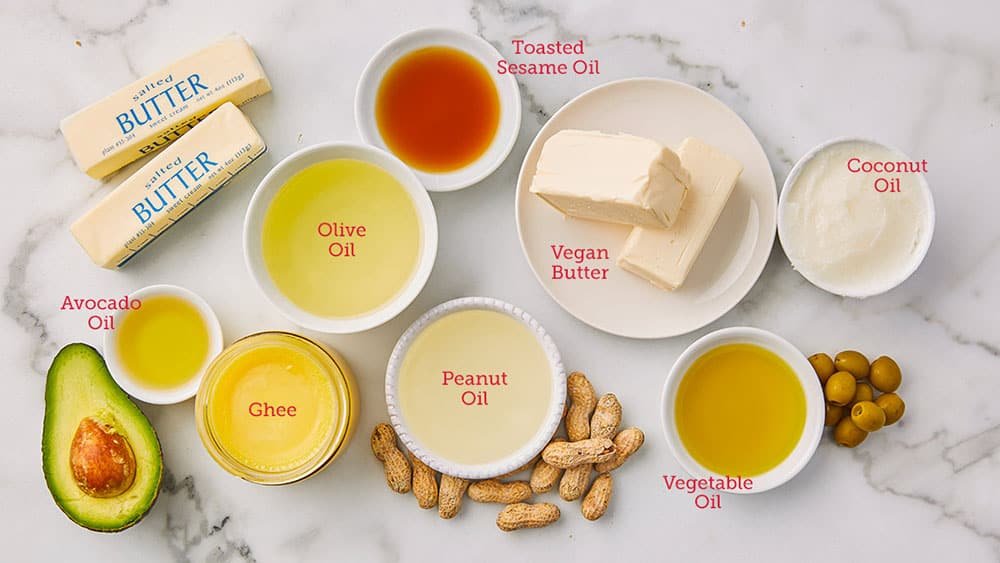Large-scale studies conducted by the American Heart Association (AHA) and the American College of Cardiology (ACC) have highlighted a critical insight: people who suffer heart attacks often have similar dietary patterns. These patterns, unfortunately, contribute significantly to heart disease risk.
So, what exactly are these harmful eating habits?
-
High intake of added sugars
-
Excessive consumption of refined grains
-
Overeating saturated and trans fats
-
High sodium (salt) consumption
-
Diets either extremely low or high in carbohydrates
-
Regular consumption of red and processed meats
-
Frequent use of artificial sweeteners
If you’re wondering what a heart-healthy diet should look like and how to adopt it, read on. We’ll also discuss research-backed dietary guidelines from AHA/ACC and large cohort studies.
Vegetarian vs Non-Vegetarian: What Research Says

Studies like the Adventist Health Study and EPIC-Oxford have provided compelling evidence. They found that people following a vegetarian diet had up to 60% lower mortality rates compared to those eating meat-heavy diets.
Interestingly, these studies were conducted in places where meat consumption is common—making the findings even more significant.
Key Insight: A plant-based diet reduces the risk of cardiovascular death significantly.
What Should a Heart-Healthy Diet Include?
According to cardiologists and medical nutritionists, the ideal heart-healthy diet includes:
-
Fruits and vegetables
-
Whole grains like oats, brown rice, and barley
-
Legumes such as lentils, beans, and peas
-
Nuts and seeds
-
Lean proteins, especially fish and poultry (for non-vegetarians)
Avoid juicing fruits—eat them whole to retain the fiber, which is essential for digestive health, cholesterol control, and blood sugar regulation.
Understanding Fats: Good vs. Bad

How Much Fat Should You Consume?
Fats should make up about 20-35% of your daily calorie intake—that’s around 40-70 grams per day. Both fat deficiency and excess can harm your health:
-
Too little fat may cause vitamin deficiencies (A, D, E, K) and lower HDL (good cholesterol).
-
Too much fat leads to high LDL (bad cholesterol), increasing your heart attack risk.
Types of Fat and Their Impact

1. Trans Fats
-
Found in packaged and deep-fried foods.
-
Completely harmful—avoid at all costs.
-
Raises LDL and lowers HDL.
Tip: Always check nutrition labels for trans fats or “partially hydrogenated oils.”
2. Saturated Fats
-
Found in butter, ghee, coconut oil, red meat, cream, and cheese.
-
Limit to less than 7% of daily calories (about 13g per 2000 kcal).
While ghee and coconut oil contain medium-chain triglycerides that may have some benefits, they must still be consumed in moderation, especially if you lead a sedentary life.
3. Monounsaturated & Polyunsaturated Fats (MUFA & PUFA)
-
The healthiest fats.
-
Found in vegetable oils like olive, sunflower, peanut, canola, and soybean oils.
-
Help lower LDL and raise HDL.
How Much Sodium Is Safe?
Too much sodium (salt) elevates blood pressure and increases the risk of heart disease and stroke.
-
Daily sodium intake should be less than 2g (which equals about 5-6g of salt).
-
Most of your sodium comes from processed and packaged foods.
-
Even “non-salty” snacks may contain hidden sodium through preservatives, MSG, and baking soda.
Pink Salt vs White Salt
While pink Himalayan salt contains trace minerals like potassium and magnesium, both types have nearly the same sodium content. So, there’s no real advantage—limit both types and ensure your salt is iodized.
Say No to Sugar and Artificial Sweeteners

Consuming free sugar and even artificial sweeteners significantly raises the risk of diabetes and heart disease.
-
No more than 10% of your daily calories should come from added sugars.
-
For a 2000 kcal diet, that’s about 50g or 5 teaspoons of sugar per day.
-
Artificial sweeteners marketed as “diet” or “zero calorie” options have also been linked to metabolic issues and should be avoided.
Best Practice: Replace sugary beverages with plain water, lemon water, or coconut water.
The Problem with Refined Grains
Refining grains removes fiber and essential nutrients like Vitamin B. This leads to:
-
Sudden blood sugar spikes
-
Vitamin deficiencies
-
Increased heart and stroke risk
Choose whole grains: brown rice, barley, whole wheat with bran, corn, and millet.
Whole grains release sugar slowly, keep you full for longer, and help regulate blood sugar and weight—reducing the risk of obesity and diabetes.
Carbohydrates: Friend or Foe?
Carbs are essential, but type and quantity matter.
-
50-60% of your daily energy should come from complex carbohydrates, not refined or simple sugars.
-
Avoid extremes like low-carb, high-fat diets—they may increase cholesterol and heart disease risk.
Emphasize whole grains, fruits, legumes, and vegetables as primary carbohydrate sources.
Balanced Nutritional Composition for Heart Health

Here’s a simple breakdown of your ideal daily calorie source:
-
50-60% from complex carbs
-
20-30% from healthy fats (MUFA/PUFA)
-
20-30% from plant-based proteins
This macronutrient balance, along with natural, fiber-rich foods, keeps your heart, brain, and overall body functioning optimally.
What to Avoid in a Heart-Healthy Diet
To truly protect your heart, limit or avoid the following:
-
Refined sugars and sweeteners
-
Refined grains (white flour, bakery goods)
-
Saturated and trans fats
-
Excessive salt (especially from packaged foods)
-
Red and processed meats (bacon, sausages, salami)
-
Sugary drinks and diet sodas
-
High-fat dairy products
What to Eat More Of
-
Whole fruits and vegetables (raw or lightly cooked)
-
Whole grains (wheat, oats, millet, barley)
-
Pulses and legumes (lentils, beans)
-
Nuts and seeds (in moderation)
-
Lean proteins (fish, poultry, tofu)
-
Low-fat dairy (in moderation)
-
Plenty of water
Evidence from Large Studies
A major U.S. study tracked over 130,000 health professionals from 1980 to 2012. The findings were eye-opening:
-
Vegetarians had the lowest mortality rate.
-
Adding poultry and fish raised the death rate by 6%.
-
High-fat dairy increased it by 8%.
-
Eggs raised it by 18%.
-
Processed red meat raised death risk by a staggering 34%.
Even replacing 3% of animal protein with plant-based protein lowered death risk by 10%.
Final Thoughts
Adopting a heart-healthy diet doesn’t require drastic changes overnight. Start with small steps:
-
Replace sugary snacks with fruit.
-
Cook with olive or sunflower oil instead of butter.
-
Limit salt and read food labels.
-
Choose whole over processed.
Remember, your daily choices stack up over time. A nutritious, balanced diet rich in whole plant foods and low in processed, fatty, and sugary items is your best defense against heart disease.
